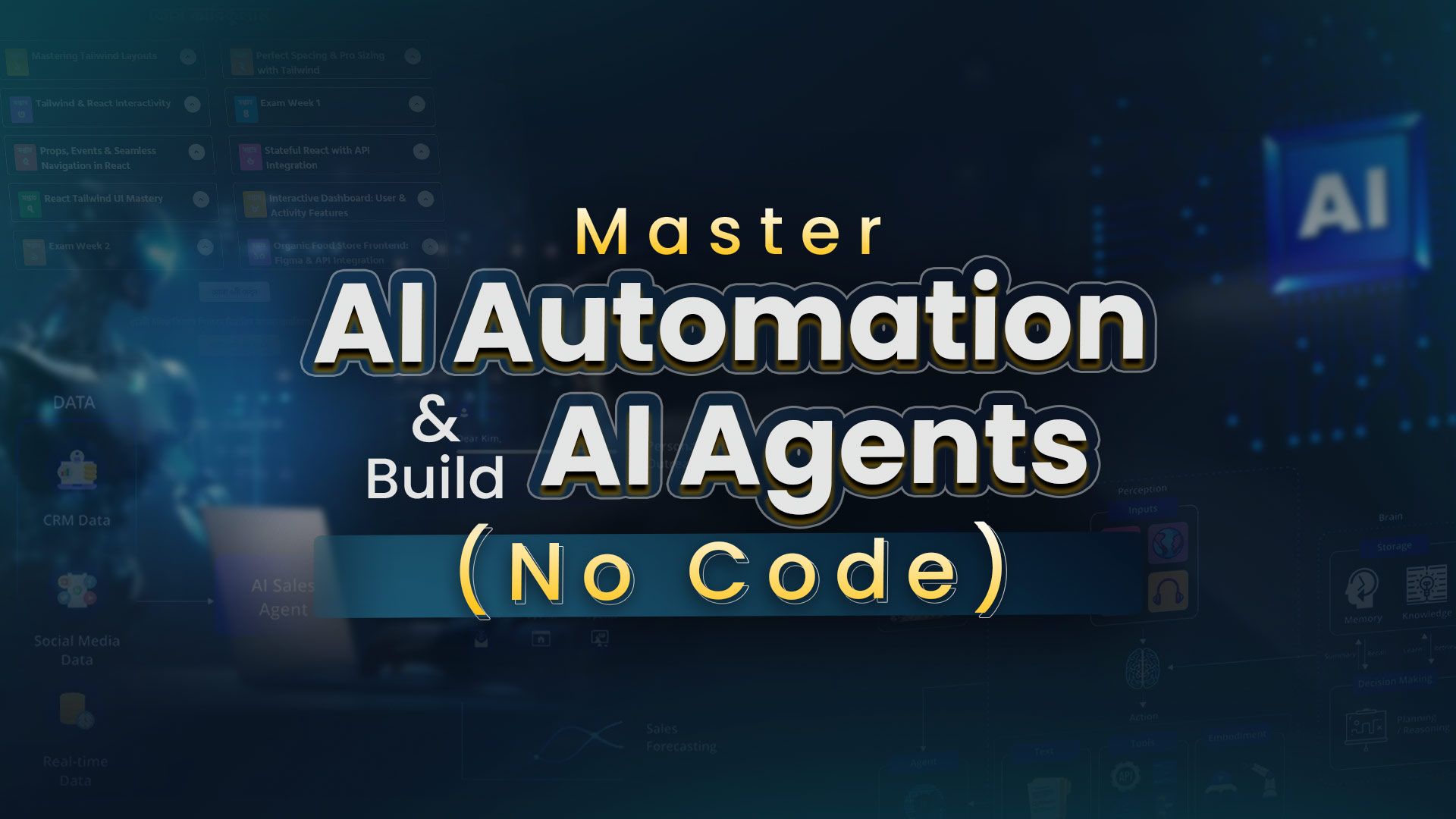লাইভ ডেমো ক্লাস

ক্লাস টপিক
Ai Engineering for Research
১৩ ডিসেম্বর শনিবার
রাত ১০:০০ টা
আপনার ইন্সট্রাক্টর:

Md. Shakhawat Hossain
Executive - Product Experience (Operations) at Ostad Ltd.
আপনার ইন্সট্রাক্টর:

Md. Shakhawat Hossain
Executive - Product Experience (Operations) at Ostad Ltd.

মোট ৭ জন লাইভ ডেমো ক্লাসটি বুক করেছেন।
কোর্স করেই পেতে পারেন জব অফার
জব প্লেসমেন্ট টিম কিভাবে কাজ করে বিস্তারিত জানতে লাইভ ডেমো ক্লাসে জয়েন করুন
ফ্রিতে ক্যারিয়ার কাউন্সেলিং পেতে আপনার নাম্বার দিন
সিম্পলি আপনার ফোন নাম্বার দিন, আমরা আপনাকে দ্রুতই কল করবো
অথবা কল করুন - +8801940444472
সাধারন জিজ্ঞাসা
1. আমি কি ভিডিওগুলো ডাউনলোড করতে পারবো?
হ্যা, ওস্তাদের অ্যাপে আপনি ভিডিও ডাউনলোড করে রাখতে পারবেন।2. আমি কি মোবাইল দিয়ে জয়েন করতে পারবো?
মোবাইল দিয়ে লাইভ ক্লাসে জয়েন করতে পারবেন কিন্তু প্র্যাকটিস করতে পারবেন না3. আমার কি ভিডিওগুলোর লাইফটাইম এক্সেস থাকবে?
জ্বি, ভিডিও এবং রিসোর্সের লাইফ টাইম এক্সেস পাচ্ছেন।4. লাইভ ক্লাস কোথায় হবে ?
লাইভ ক্লাসে আপনি একটি সিঙ্গেল ক্লিকে জয়েন করে ফেলতে পারবেন ওস্তাদ প্ল্যাটফর্ম থেকেই।5. এসেসমেন্ট কিভাবে হবে?
প্রতি সপ্তাহে থাকবে একটি করে কুইজ এবং এক্সাম উইকে থাকবে এসাইনমেন্ট এবং কুইজ।6. ওস্তাদ প্রো ব্যাচে কাদেরকে নেয়া হবে?
৭০% বা তার বেশি মার্ক নিয়ে যারা কোর্স কমপ্লিট করবেন তাদেরকে নিয়ে করা হবে প্রো ব্যাচ।7. দেশের বাইরে থেকে কিভাবে পেমেন্ট করবো?
ওস্তাদের ইন্টারন্যাশনাল পেমেন্ট গেটওয়ের (Stripe) মাধ্যমে আপনি ক্রেডিট কিংবা ডেবিট কার্ড দিয়ে পে করতে পারবেন।8. লাইভ ক্লাসের রেকর্ডিং থাকবে?
জ্বী, পাবেন লাইভ ক্লাস রেকর্ডিং এর লাইফ টাইম এক্সেস।9. প্র্যাকটিস করতে গিয়ে সমস্যায় পড়লে সাপোর্ট পাবো কোথায়?
যেকোনো সমস্যায় দুইবেলা সাপোর্ট ক্লাসে স্ক্রিন শেয়ার করে সাপোর্ট নিবেন দক্ষ সাবজেক্ট ম্যাটার এক্সপার্টদের থেকে।
ক্যারিয়ার কাউন্সিলরের সাথে কথা বলুন










